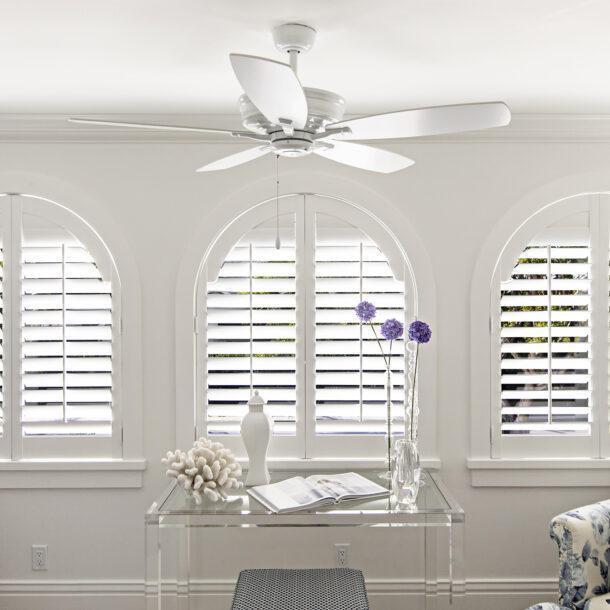
Motorized Shades vs Non-Motorized Shades: Evaluating the Pros and Cons
Window shades are an essential part of any interior design and offer a range of benefits, including privacy, light control, and energy efficiency. With the advancement of technology, the choice between motorized or non-motorized shades has become a key decision for homeowners and interior designers alike. Motorized shades offer convenience and flexibility, while non-motorized shades are often cheaper and simpler to install. In this blog, we will evaluate the pros and cons of both options to help you make an informed decision when it comes to selecting the right window shades for your home or office.

Understanding the difference between motorized and non-motorized shades
Before making a decision between motorized or non-motorized shades, it is important to understand the differences between the two options. Non-motorized shades are operated manually, typically through a cord or by hand. Motorized shades, on the other hand, are operated using a remote control, smartphone app, or voice command.
One advantage of motorized shades is their convenience. They can be opened or closed from anywhere in the room without having to physically touch the shade. Motorized shades also offer greater flexibility when it comes to controlling the amount of light that enters a room. With non-motorized shades, it can be difficult to achieve the same level of precision.
Another advantage of motorized shades is their safety. Corded non-motorized shades can pose a strangulation hazard to children and pets. By eliminating cords, motorized shades reduce the risk of accidents.
Non-motorized shades, on the other hand, are often cheaper and simpler to install. They do not require any special wiring or installation, making them a popular choice for those on a budget. Non-motorized shades can also be more customizable, as they come in a wider variety of styles and materials.
It is important to note that motorized shades may require more maintenance than non-motorized shades. If the motor malfunctions, it may need to be repaired or replaced. Additionally, motorized shades may require more electricity to operate, which can lead to higher energy bills.
Simply put, motorized shades offer convenience, precision, and safety, while non-motorized shades are often cheaper and more customizable. Ultimately, the decision between the two options will depend on your specific needs and preferences.
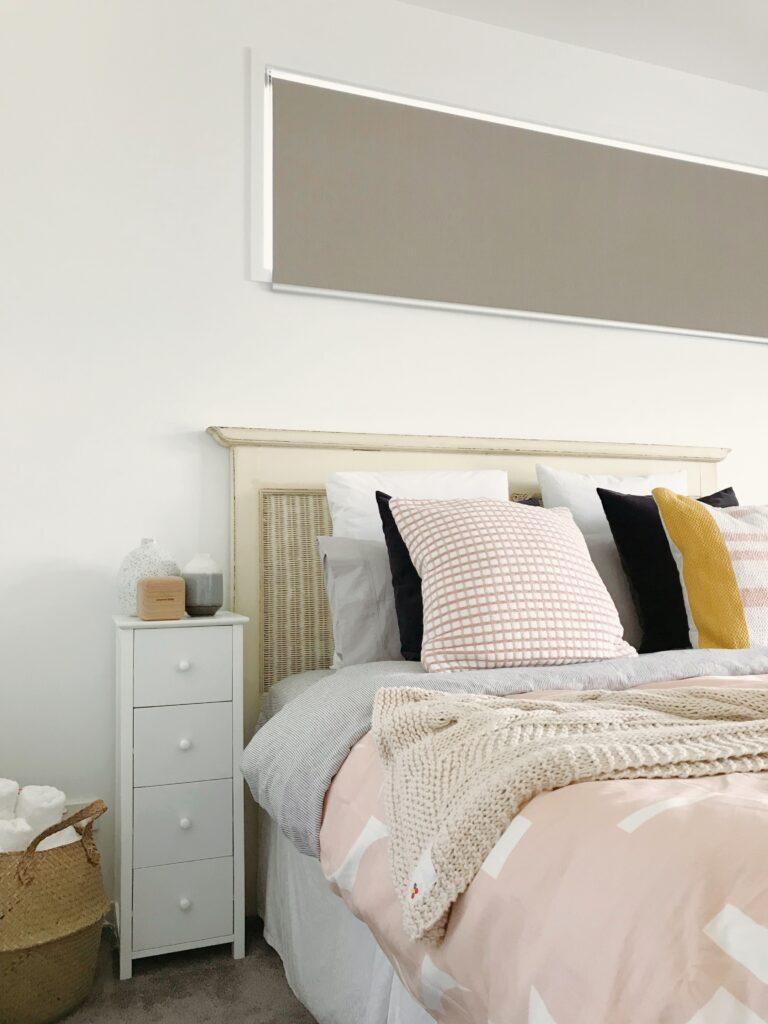
Cons of non-motorized shades
While non-motorized shades may be a more affordable option, there are some drawbacks to consider. Here are three cons of non-motorized shades:
1. Manual Operation – Non-motorized shades have to be operated manually, which can be tedious and time-consuming. This may not be a problem if you only have a few windows, but if you have a large number of shades to manage, it can become a hassle.
2. Limited Control – With non-motorized shades, you have limited control over the amount of light that enters a room. Adjusting the shade to achieve a specific level of light can be challenging, and you may not be able to achieve the level of precision that you desire.
3. Safety Hazards – Non-motorized shades that are operated by cords can pose a safety hazard, especially for young children and pets. The cords can be a choking or strangulation hazard, which is why many people opt for motorized shades that eliminate the need for cords altogether.
It is also worth noting that non-motorized shades may not last as long as motorized shades. Over time, manual operation can cause wear and tear on the mechanisms and materials, which can lead to a shorter lifespan. Ultimately, the decision between motorized and non-motorized shades will depend on your budget, needs, and personal preference.
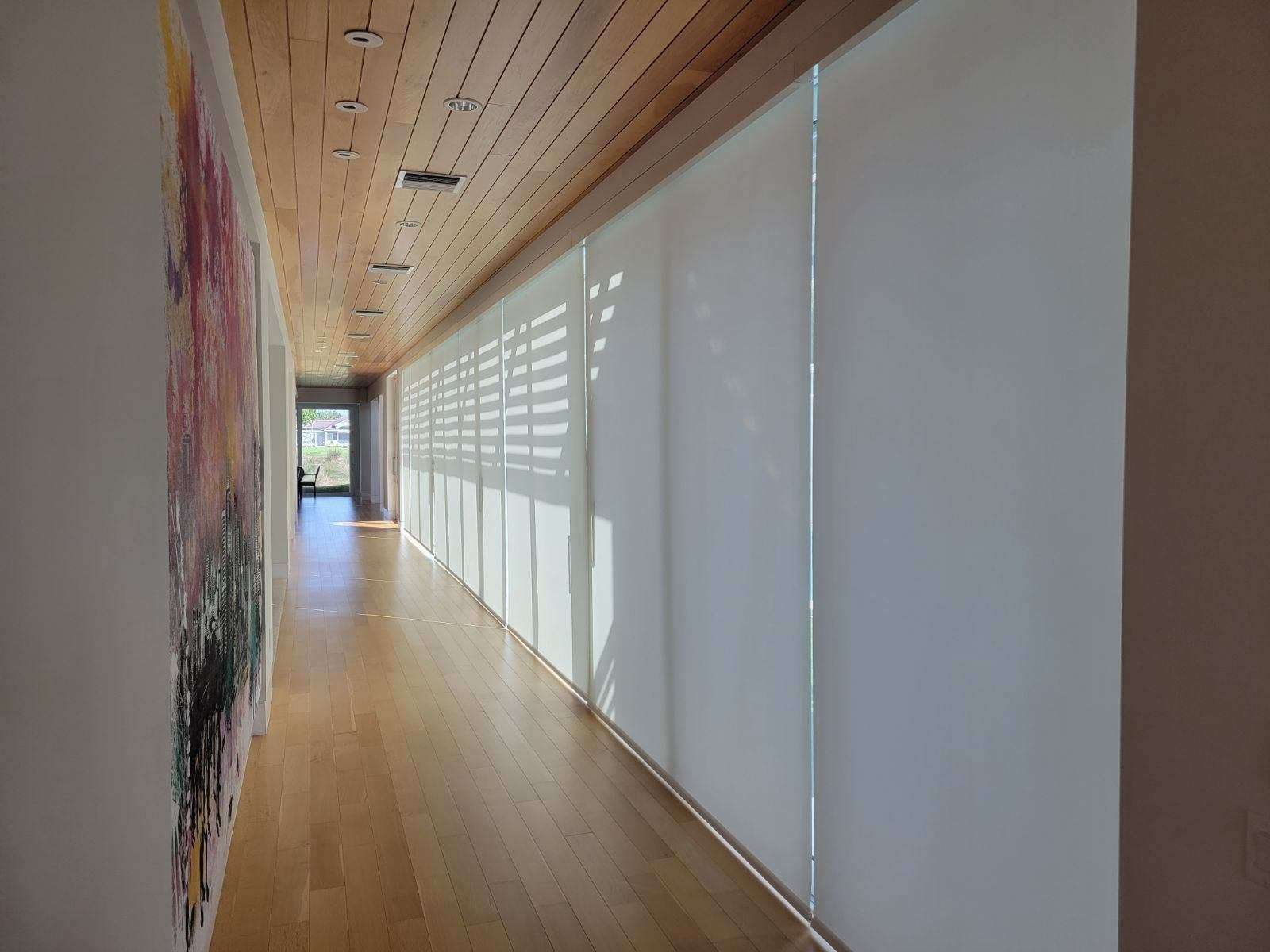
Pros of motorized shades
Motorized shades offer several advantages over non-motorized shades. Here are four pros of motorized shades:
1. Convenience – Motorized shades offer a more convenient solution compared to non-motorized shades. With motorized shades, you can operate several shades at once with the touch of a button. This makes it easy to customize your home’s lighting, shading, and privacy settings without leaving your seat or even being home.
2. Precision control – Motorized shades provide precision control over the amount of light that enters a room. This is especially helpful when trying to achieve a particular ambiance or mood. Moreover, you can set schedules so that your shades open and close automatically to fit your lifestyle.
3. Safety – Unlike non-motorized shades, motorized shades create a safer environment for children and pets by eliminating cords that pose choking and strangulation hazards. This reduces the risk of accidents or injuries in your home.
4. Energy Efficiency – Motorized shades are not only convenient but also energy-efficient. They can help reduce your energy consumption by blocking out UV rays that can heat up a room and increase cooling costs. Additionally, they can be programmed to open and close automatically to optimize natural light and reduce the use of artificial light.
Ultimately, motorized shades are a great investment for those who value convenience, precise control over lighting and privacy, safety, and energy efficiency.
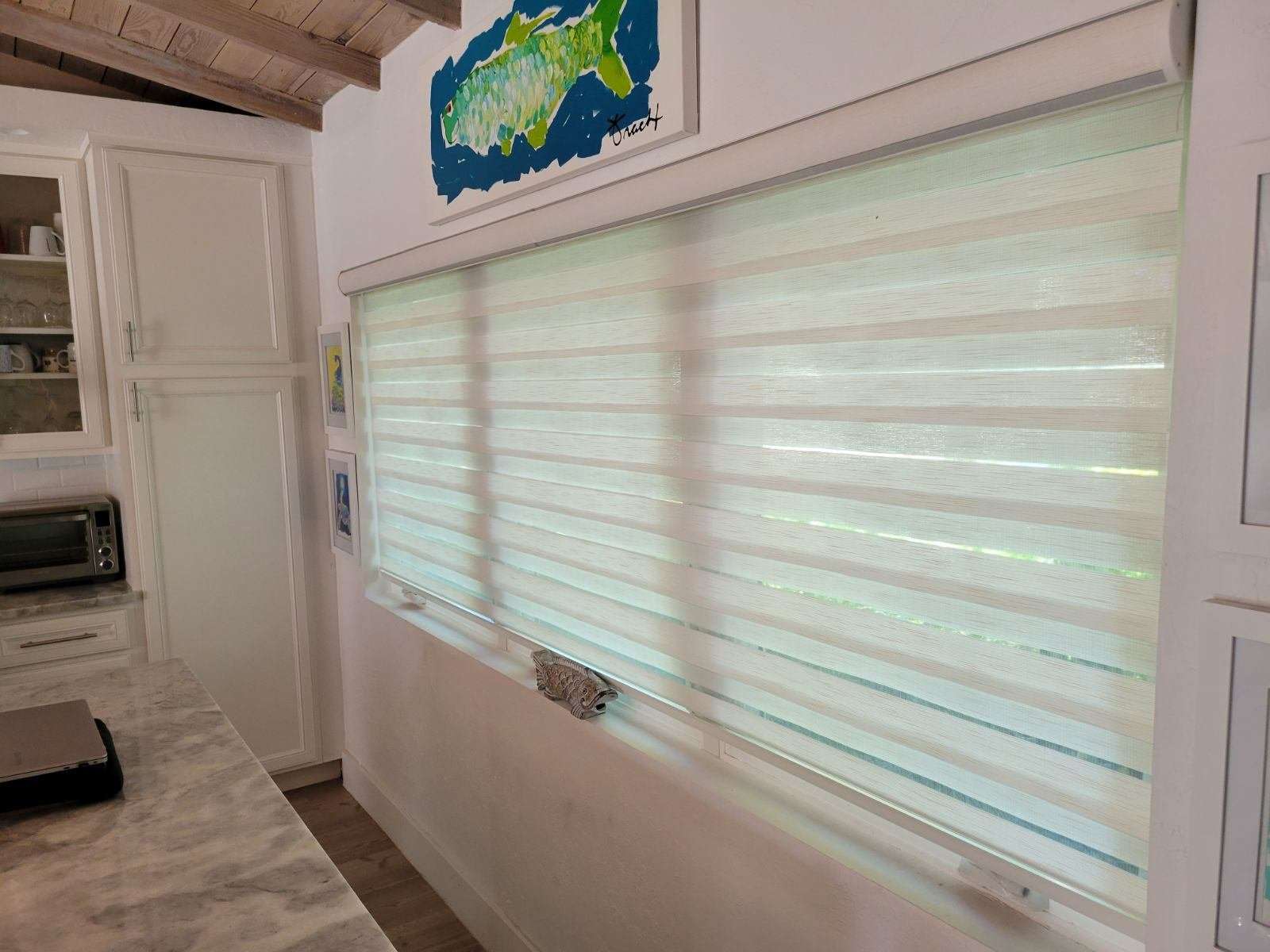
Cons of motorized shades
As with any home installation, motorized shades come with their own set of cons that must be considered before making a purchase. Here are five cons of motorized shades:
1. Initial cost – Motorized shades are more expensive compared to non-motorized shades. This is due to the added technology and materials required to power and operate the shades automatically.
2. Installation complexity – Installation of motorized shades requires an expert to ensure proper assembly, wiring, and programming. This may require additional time and expense compared to a non-motorized shade installation.
3. Maintenance – Motorized shades require regular maintenance, such as battery replacement and software updates, to ensure proper operation. This can add to the overall cost of ownership.
4. Power source – Motorized shades require a reliable power source to operate, whether through batteries or electricity. This may pose a challenge for homes without easy access to an electrical outlet or for homeowners who are concerned about power outages.
5. Compatibility – Not all motorized shades are compatible with all home automation systems. It is important to research and ensure compatibility with your current or planned home automation system before making a purchase.
So, while motorized shades offer convenience, precision control, safety, and energy efficiency, they also come with a higher initial cost, installation complexity, regular maintenance, power source requirements, and compatibility issues. It is important to weigh these pros and cons and consider your specific needs and budget before deciding whether motorized shades are right for your home.
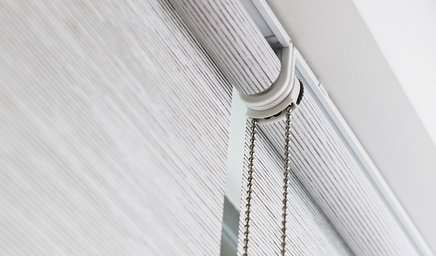
Pros of non-motorized shades
Non-motorized shades may not have the bells and whistles of motorized shades, but they do offer their own set of advantages. Here are six pros of non-motorized shades:
1. Lower initial cost – Non-motorized shades are generally less expensive compared to motorized shades, making them a more budget-friendly option.
2. Easy installation – Non-motorized shades are typically easier to install, requiring only basic tools or professional installation. This can save time and money compared to motorized shade installation.
3. Simple maintenance – Non-motorized shades require minimal maintenance, such as occasional cleaning, and do not require battery replacement or software updates.
4. Versatility – Non-motorized shades come in a wide variety of styles, textures, and fabrics, allowing for greater customization and flexibility in design.
5. Energy-efficient – Non-motorized shades can help reduce energy costs by blocking out sunlight and insulating windows.
6. No power source required – Non-motorized shades do not require a power source, making them ideal for homes without easy access to an electrical outlet or for homeowners who prefer not to rely on technology.
In short, non-motorized shades offer advantages such as lower cost, easy installation and maintenance, versatility, energy efficiency, and independence from power sources. However, they may lack the convenience and precision control of motorized shades. When weighing the pros and cons, consider your budget, design preferences, and lifestyle needs before making a decision.

Factors to consider when choosing between motorized and non-motorized shades
When considering motorized and non-motorized shades, there are several factors to consider before making a decision. Here are seven factors to consider when choosing between motorized and non-motorized shades:
1. Budget – Motorized shades tend to be more expensive compared to non-motorized shades due to the added technology and installation costs.
2. Convenience – Motorized shades offer the convenience of remote or voice control, which can be a significant factor for busy homeowners.
3. Precision control – Motorized shades have the ability to set precise positions and schedules, providing more control over the amount of light and privacy in a room.
4. Power source – Motorized shades require access to a power source, while non-motorized shades do not. This can be a factor for homes with limited electrical outlets or for homeowners who prefer not to rely on technology.
5. Style and customization – Both motorized and non-motorized shades offer a wide variety of styles, textures, and fabrics. However, motorized shades may offer more customization options due to their advanced technology.
6. Maintenance – Motorized shades require occasional battery replacement and software updates, which can be a factor to consider in terms of maintenance.
7. Installation – Motorized shades require professional installation, while non-motorized shades may be easier to install with basic tools. This can impact the total cost and timeline of installation.
All in all, when choosing between motorized and non-motorized shades, it is important to consider factors such as budget, convenience, precision control, power source, style and customization, maintenance, and installation requirements. By taking these factors into account, homeowners can make an informed decision that meets their needs and preferences.
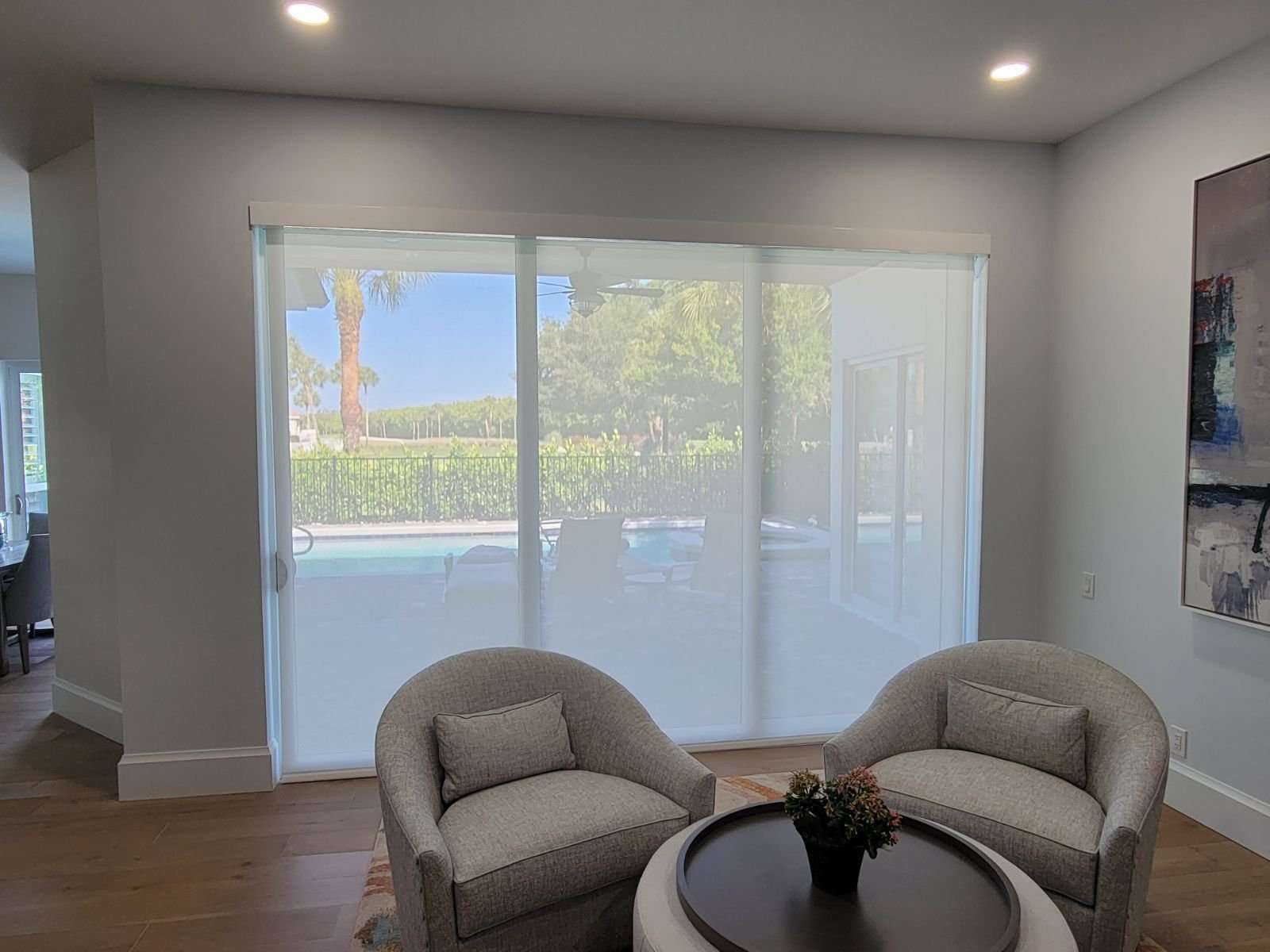
To wrap things up.
When it comes to deciding between motorized and non-motorized shades, evaluating the pros and cons can be helpful. Motorized shades offer convenience, precise control, and customization options. On the other hand, non-motorized shades are typically less expensive, require no power source or maintenance, and may be easier to install. Ultimately, the decision depends on the homeowner’s needs and preferences. By considering factors such as budget, convenience, precision control, power source, style and customization, maintenance, and installation requirements, homeowners can make an informed decision that suits their lifestyle and enhances their home decor. Whether choosing motorized or non-motorized shades, it is important to select high-quality materials, proper installation and maintenance, and regular cleaning to ensure longevity and optimal performance. With the right shades in place, homeowners can enjoy enhanced comfort, privacy, and style in their home, day or night.
Naples, FL Office
1150 Power Street,
Ste 7,
Naples, FL 34104
info@fgardella.com
(239) 449-8420
Hendersonville, NC Office
2750 Holly Hill Drive,
Hendersonville, NC 28792
info@fgardella.com
(239) 298-0344
Opening Hours
Monday — Friday 9am – 5pm
Saturday — Closed
Sunday — Closed
Philosophy
“An install isn’t complete until our customer is 110% satisfied.”
Privacy Overview
| Cookie | Duration | Description |
|---|---|---|
| cookielawinfo-checkbox-analytics | 11 months | This cookie is set by GDPR Cookie Consent plugin. The cookie is used to store the user consent for the cookies in the category "Analytics". |
| cookielawinfo-checkbox-functional | 11 months | The cookie is set by GDPR cookie consent to record the user consent for the cookies in the category "Functional". |
| cookielawinfo-checkbox-necessary | 11 months | This cookie is set by GDPR Cookie Consent plugin. The cookies is used to store the user consent for the cookies in the category "Necessary". |
| cookielawinfo-checkbox-others | 11 months | This cookie is set by GDPR Cookie Consent plugin. The cookie is used to store the user consent for the cookies in the category "Other. |
| cookielawinfo-checkbox-performance | 11 months | This cookie is set by GDPR Cookie Consent plugin. The cookie is used to store the user consent for the cookies in the category "Performance". |
| viewed_cookie_policy | 11 months | The cookie is set by the GDPR Cookie Consent plugin and is used to store whether or not user has consented to the use of cookies. It does not store any personal data. |
